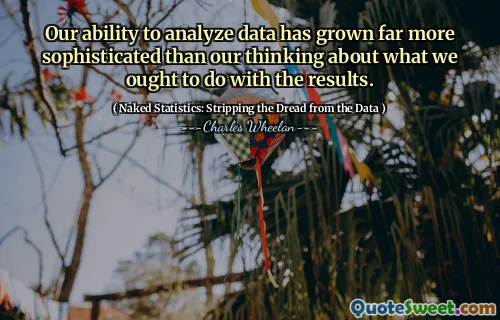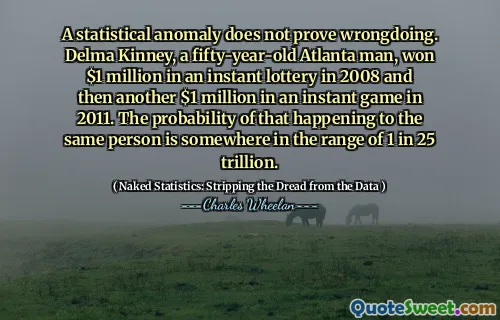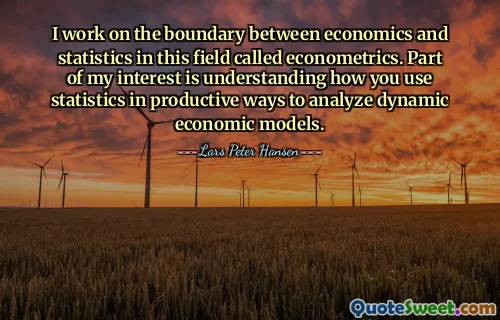
A statistical anomaly does not prove wrongdoing. Delma Kinney, a fifty-year-old Atlanta man, won $1 million in an instant lottery in 2008 and then another $1 million in an instant game in 2011. The probability of that happening to the same person is somewhere in the range of 1 in 25 trillion.
This quote highlights an important distinction in statistical reasoning and human perception of luck and improbability. It underscores that random events with very low probabilities can and do happen without implying any deceit or foul play. The example of Delma Kinney winning multiple large jackpots demonstrates that extraordinary outcomes are possible, even if they occur extremely rarely by chance. Misinterpreting such anomalies as evidence of cheating or manipulation is a common cognitive bias—our need for causality and explanation often leads us to suspect conspiracy when randomness is at play. This insight is crucial in fields like law, journalism, finance, and science, where understanding probability helps prevent hasty judgments based on coincidental results. The key takeaway is that rare events should be taken seriously but not automatically assumed to indicate fraud or misconduct. Instead, they should prompt careful analysis of context and the probabilities involved. Recognizing the role of chance fosters greater appreciation for the complexity of data, and it can inform better decision-making. The statistician’s challenge is to communicate such concepts effectively, so society doesn't overreact to improbable coincidences or dismiss genuine patterns when they do occur. Ultimately, this quote encourages skepticism of assumptions based solely on outcomes, advocating for a rational view of randomness and probability based on evidence, rather than hearsay or bias.





